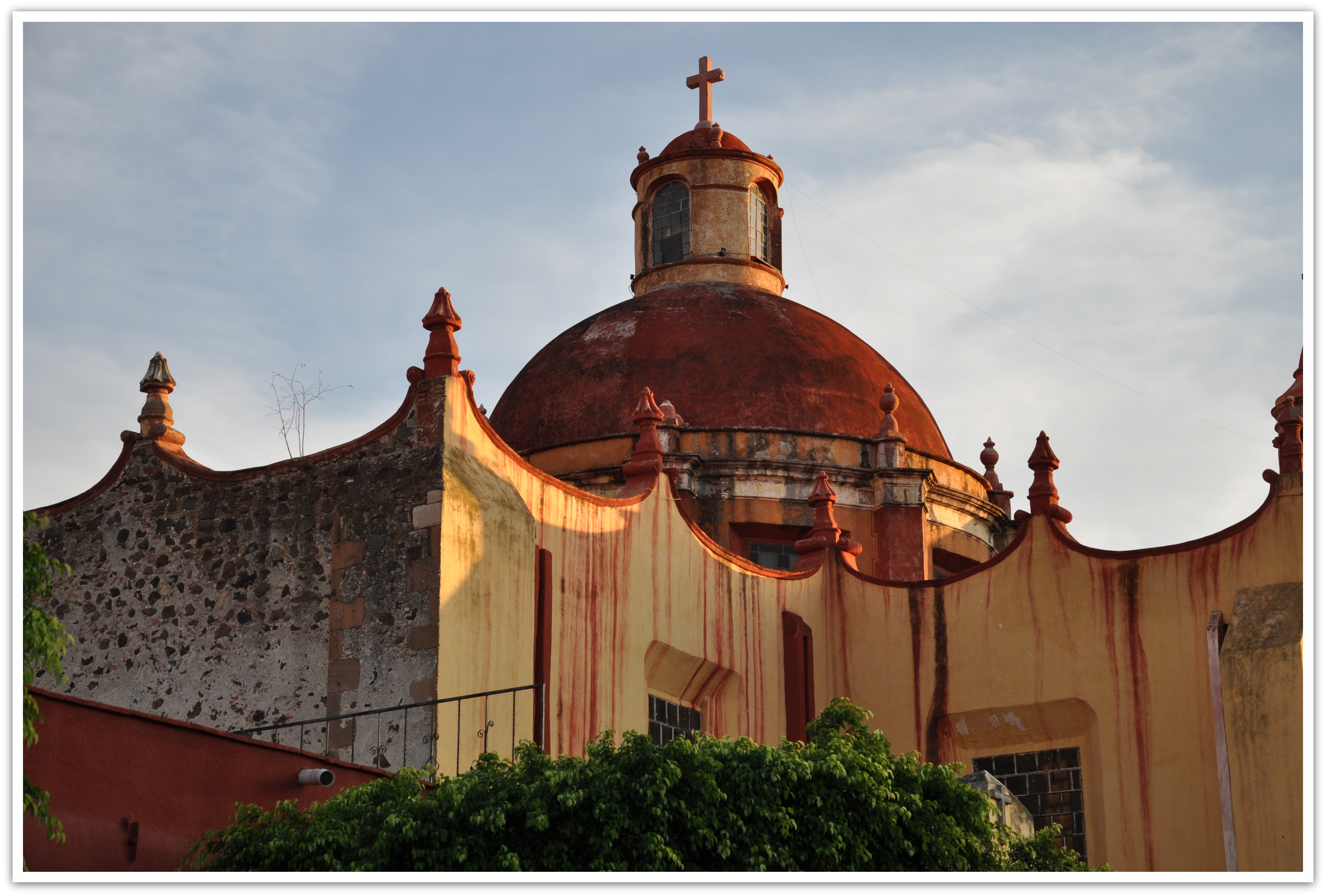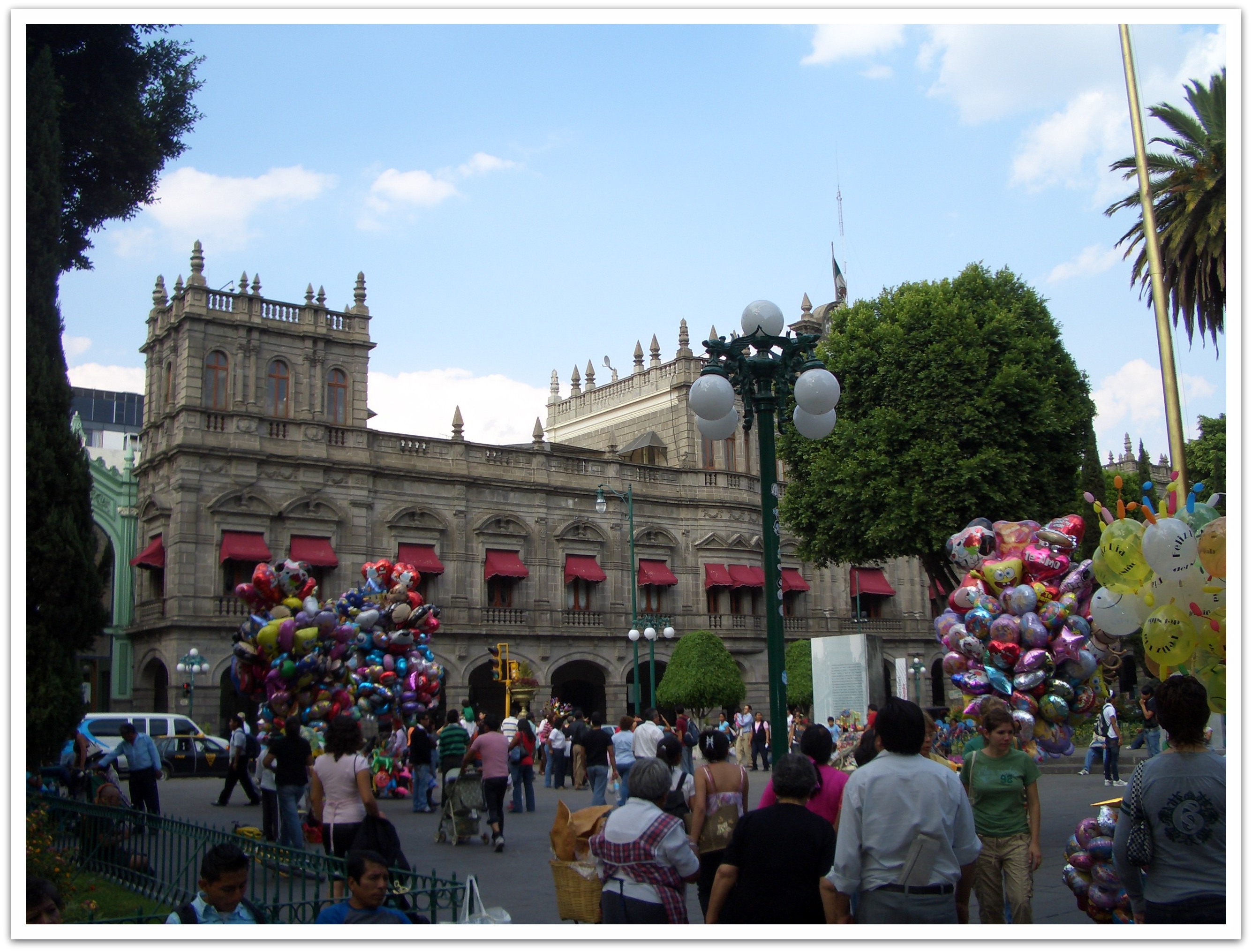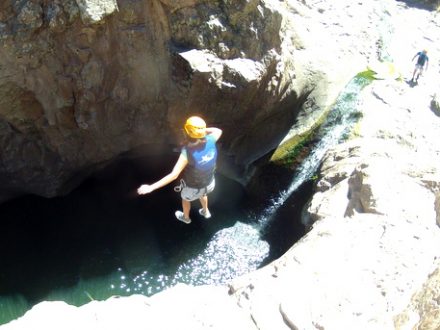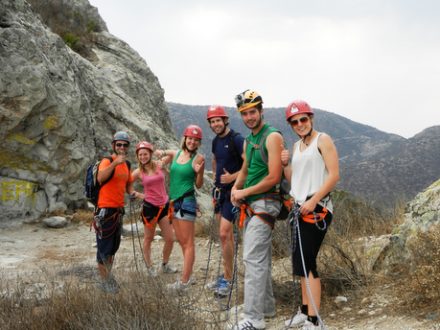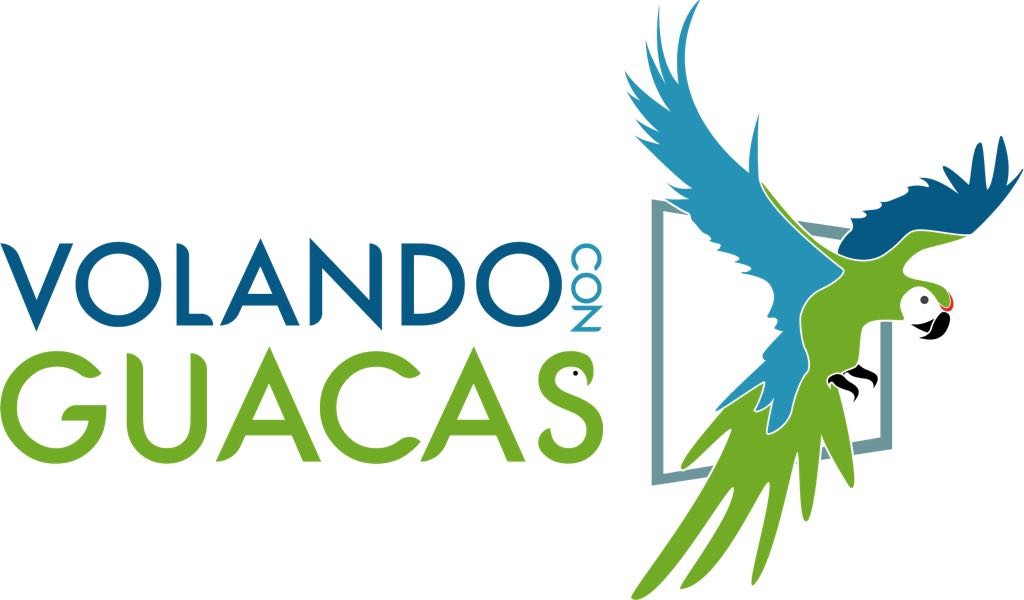
Colonial highlands
HISTORICAL LOCATIONS
Guanajuato
The beautiful city of Guanajuato is enchanting with its magnificent centro historico, mysterious local legends, vibrant art scene and colonial architecture. It was declared a World Heritage Site by UNESCO in 1993. Stroll through the narrow streets winding up and down hills while enjoying the wonderful atmosphere from the colonial past. There is a large University and thanks to the numerous students who populate the city there is a youthful, dynamic flair to the town. The numerous sights, landmarks and museums tell the exciting story of Guanajuato. It is considered the pearl among the pretty colonial cities of Mexico.
There was a lot of mining in the state and a visit to a local mine should not be missed. The La Valencia Mine is stil operating today and is just 5 km out of the center on a hill. It once mined tons of silver, gold and other ores. The mine itself is not open to the public, but the stunning 17th century Hacienda San Gabriel de Barrera, which was once used to process the mined material, has since been converted into a museum. Explore the property and its beautiful gardens, fountains and paths. If you want to shop for cheap leather goods, the best place to go is to León, an industrial city a few kilometers west of Guanajuato. Here you can buy inexpensive leather items of all kinds, such as shoes, bags and saddles. The revolutionary town of Dolores de Hidalgo is also not far away and, like Guanajuato, offers many places and buildings worth seeing which are steeped in history. Here is where the Mexican independence movement began with the famous Grito de Independencia, the cry of independence, by the priest Miguel Hidalgo.
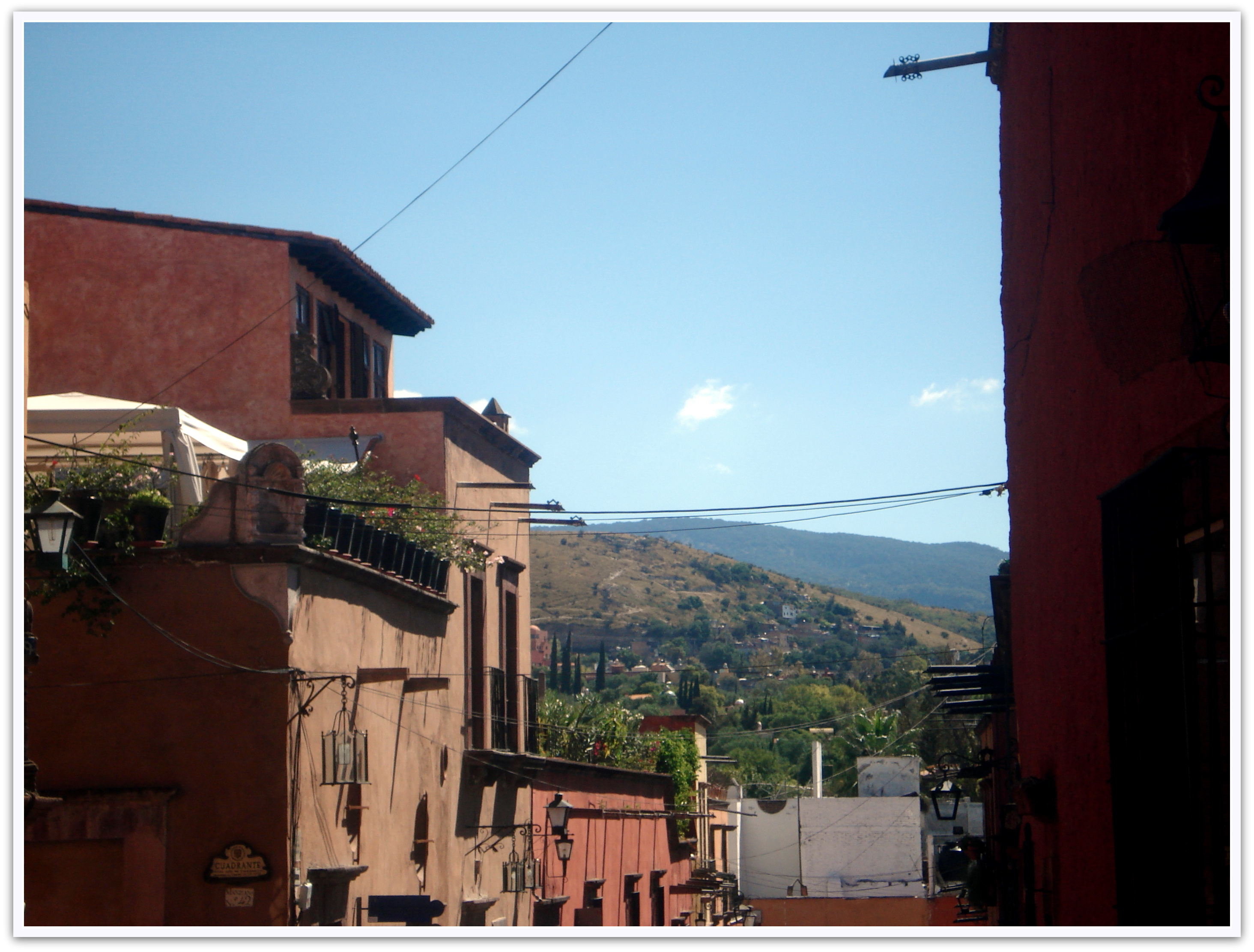
San Miguel de Allende
In the picturesque colonial town of San Miguel de Allende you can enjoy a very special atmosphere with colourful architecture, independent art galleries, rooftop terraces with spectacular views and cozy courtyards. While exploring the colourful alleys, you will always discover something new. The centro historico has been declared a UNESCO World Heritage Site. There is also a large community of foreigners as San Miguel de Allende is world renowned and attracts many Americans and Europeans every year. Many of the older generations even settle here permanently. The center of San Miguel de Allende is the El Jardin square with the Parroquia de San Miguel church as the focal point. In the early evening, when the sun is slowly setting, the gothic architecture shines, giving the pink hue of the stone a special glow. Also worth seeing is the church of San Felipe Neri which is made from the same pink coloured stone, but in a Rococo style. Not far away is the Ignacio de Allende Museum and the former birthplace of Ignacio Allende. Today you can learn a lot about the city’s history in this museum which focuses on the independence movement and the life of Ignacio de Allende. If you are looking for some peace and nature, you can enjoy a small escape at the El Charco del Ingenio botanical garden just outside of downtown.
Querétaro
Querétaro is the capital of the state of the same name and is an enchanting colonial town whose historic city center was declared a World Heritage Site by UNESCO in 1996. The historical buildings have been lovingly restored and there is an attractive colonial atmosphere. There are also interesting museums, beautiful pedestrian zones, many cultural activities and some worthwhile excursions in the area.
A stroll through the historic city center is a real treat and leads to almost all of the city’s major sights. In the center there are several pretty plazas which have a fountains and are lined with cafés and restaurants. As in many other Mexican cities, these plazas are the heart of urban life. The most popular among the locals is the Plaza de Armas, or Plaza de la Independencia where the Palacio de Gobierno is located. Opposite the Jardín Zenea square is the pretty Templo de San Francisco church, inside of which some remarkable paintings from earlier centuries are exhibited. Right next to it is the Regional Museo which explains much of Mexico’s long history. Also worth visiting is the Teatro de la República where Mexico’s constitution was signed in 1917. The Convento de la Cruz monastery has an interesting history and a tree with cross-shaped thorns that grows on the grounds. If you walk down this street a little further you will get to the mausoleum of Doña Josefa. There is also a good lookout point where you can see the extent of the aqueduct, a symbol of Querétaro. If you are looking for some rest, you can find it in Alameda Park near the center. Sundays there are concerts and dance events at the Plaza Principal! Querétaro also has an arena for the Lucha Libre, Mexican wrestling and a bullring.
Puebla
Puebla, also known as the City of Angels, is an extraordinarily beautiful city with around 70 churches and more than one thousand historic colonial buildings. Like many of the other colonial cities, is on the UNESCO World Heritage List.
If you want to keep it simple, just get on the roofless double-decker bus which covers all the major sights of the city. Alternatively, of course, you can do it on your own! A good starting point for this would be the Zócalo, which is the center of lively city life with the impressive Cathedral, framed by two tall bell towers. A good example of the typical colourful architecture of Puebla is the Casa de los Muñecos, whose beautiful facade stands out due to the ten figures depicted on it. Also very famous is the Casa del Alfeñique, the almond cake or confectioner’s house, whose lavish stucco decoration is reminiscent of a cream cake. Inside there is a museum where historical objects and documents as well as some paintings are exhibited. The most popular church is surely the Cathedral of Santo Domingo with its chapel Capilla del Rosario, which was decorated in an excessive manner with exagerated amounts of gold. In the Museo Amparo you can learn a lot about Mexico’s turbulent past. The Cerro de Guadalupe is a small hill with a lovely view, on 5 May 1862 the victory over the 5000-strong French force took place. Because of this event, the street name 5 de Mayo is very common.
Just a few kilometers from Puebla is the pretty, historically significant town of Cholula with several churches and a large pyramid, which has a width of 420 meters. For animal lovers and families, the African Safari is a nice idea. It lies on the route between Puebla and Mexico City and is home to both native and exotic animals. The park can be explored by car or bus.
Guadalajara
Guadalajara is Mexico’s second largest city after Mexico City and the capital of the state of Jalisco. The city has a lot to offer in terms of cultural activities and the atmosphere between the many cozy plazas and pedestrian zones is quite relaxed. The surrounding areas are captivating with beautiful landscapes and countless agave fields.
The heart of the city is the Plaza Tapatia, which connects to one of the four squares arranged around the Cathedral. It is the symbol of the city and is a good orientation point. On the Plaza de Armas is the Government Palace, where you can find some beautiful murals that depict elements from Mexico’s history. Also absolutely worth seeing is the Museo Regional, where you can learn a lot about the history of western México. The well-preserved and almost complete skeleton of a mammoth is also on display here and is a highlight of the museum. A visit to Mercado Libertad, which is housed in a large, multi-storey building and occupies two blocks, is definitely an experience. Tlaquepaque is a small suburb of Guadalajara and well known for the wide range of handicrafts made here in a variety of materials such as clay, wood, copper, ceramic, blown glass and paper mache. In many shops you can look over the shoulder of the artists during the production. There is also plenty of art in Tonalá, but things are a little quieter here. The town of Tequila is a few kilometers northwest of Guadalajara; famous for the production of the drink of the same name. It is surrounded by countless agave plantations and there are many distilleries that can be visited, of course a tasting is usually included. Lago de Chapala, the largest lake in Mexico, is also a worthwhile excursion destination because it offers a variety of recreational opportunities. The surrounding idyllic villages of Ajijic and Chapala are located directly on the lake and a great place to enjoy lunch and explore the small shops ad galleries. Excursions to Mazamitla and Bosques de Primavera are also a wonderful experience of the regions natural environment.



